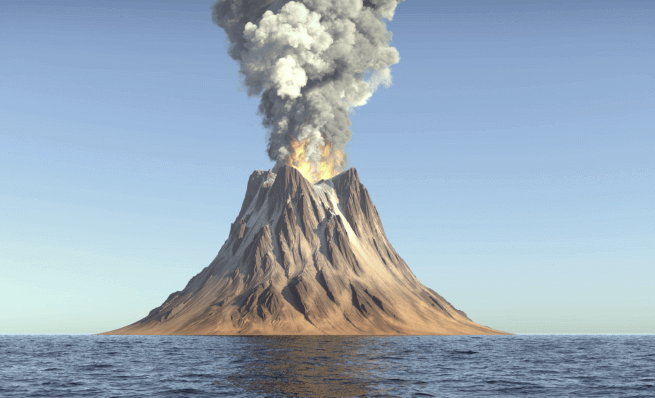69. What can literature and climate science teach us about the Tambora (1816) eruption with respect to global warming?
Dr Louise Marshall

The cataclysmic eruption of Mount Tambora in 1815 led to “The Year Without a Summer”, when many ecological and societal impacts, including crop failures, are estimated to have led to the deaths of possibly over 100,000 people.
This event and its consequences caught the imaginations of Romantic poets, novelists, and artists (including Byron, Mary and Percy Shelley, and Constable) who produced work that captured their experiences of a year of crisis.
Modern-day scientific insights into climate and climate change have identified the processes that most likely led to the global cooling associated with the Tambora eruption.
In recent years, some climate researchers have suggested that similar processes might be used by humans to combat global warming.
Given that the Tambora event precedes the majority of scientific climatic data, how can literary and artistic records of this past event inform us further in our attitudes and approaches to tackling global warming?
Facebook – English and Creative Writing Department, Aberystwyth University
Further Information
Dr Louise Marshall
- Email: lom@aber.ac.uk
- Staff Profile - Dr Louise Marshall
- Research Portal Profile - Dr Louise Marshall
